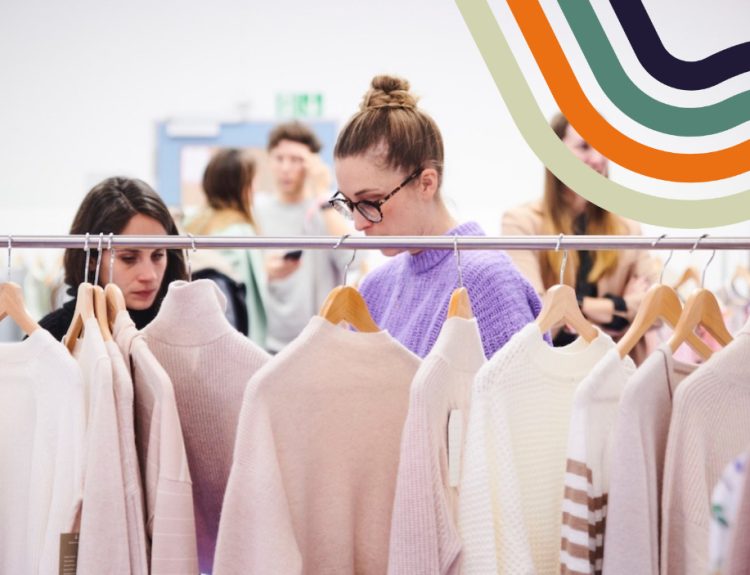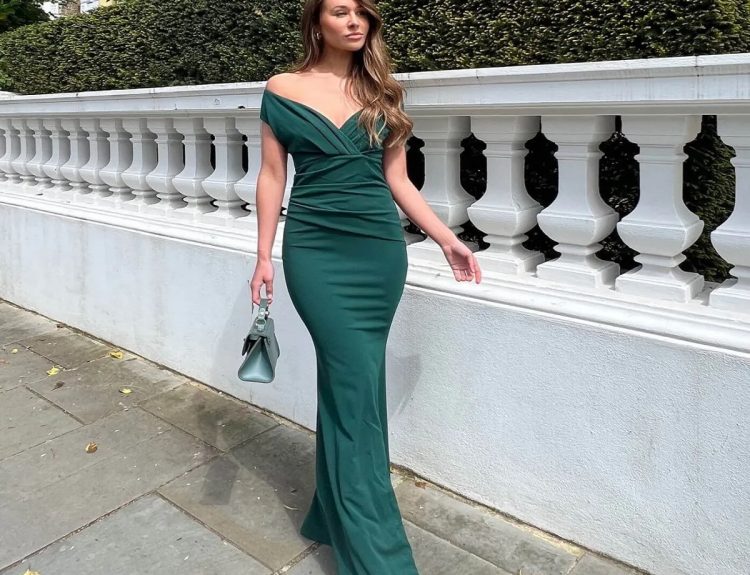Fashion is a reflection of time, emotion, and individuality, and at the center of it stands the dress—a garment that has transcended centuries, evolving through culture, functionality, and expression. More than just clothing, the dress has symbolized everything from power and modesty to rebellion and innovation. In today’s world, it remains a cornerstone of personal style, social statements, and cultural heritage. Whether designed for comfort, ceremony, or couture, the story of the dress is deeply intertwined with human civilization and continues to adapt in fascinating ways.
The Historical Significance of Dresses
The earliest versions of dresses were not about glamour or luxury but necessity. In ancient civilizations such as Egypt, Greece, and Mesopotamia, dresses were simple draped garments made from linen or wool, shaped by the availability of materials and climate conditions. Egyptian women favored light linen gowns for practicality in the desert heat, while Greek women wore the peplos and chiton, emphasizing fluidity and grace. These early styles marked the beginning of dress as both functional attire and cultural symbol. During the Middle Ages, dresses evolved into structured garments that indicated social hierarchy. Fabrics such as velvet, brocade, and silk became indicators of wealth, while peasants wore simpler woolen dresses. By the Renaissance, elaborate tailoring and embroidery showcased wealth and artistry, with dresses often representing the social standing and influence of the wearer. The 18th and 19th centuries introduced corsets, crinolines, and bustles—designs emphasizing femininity according to the fashion ideals of the time. Each century redefined the silhouette, moving from rigid forms to more liberated shapes as society’s perception of women shifted.
The Modern Dress Revolution
The 20th century was a turning point in fashion history, marking the modern revolution of the dress. Designers began to focus on functionality, comfort, and individuality. The flapper dresses of the 1920s reflected women’s newfound freedom, symbolizing rebellion against restrictive Victorian norms. By the 1950s, the hourglass silhouette dominated, championed by couture houses that celebrated glamour and sophistication. The 1960s and 1970s saw another cultural shift—bold colors, miniskirts, and unconventional patterns reflected the rise of youth culture and social liberation. The feminist movement also influenced dress design; comfort and practicality became as important as aesthetics. The 1980s power dress, characterized by strong shoulders and sharp tailoring, represented women asserting themselves in professional spaces. Today, dresses embody inclusivity, self-expression, and innovation. From casual maxi dresses to avant-garde runway pieces, the variety available caters to every personality and occasion.
The Role of Fabric and Craftsmanship
The soul of a dress lies in its material. The choice of fabric determines how it feels, moves, and endures. Historically, silk and velvet were signs of royalty, while cotton became the fabric of the people due to its versatility. Today, sustainable fabrics such as organic cotton, bamboo fiber, and recycled polyester are reshaping the fashion landscape. Modern technology allows designers to blend traditional craftsmanship with innovation. Techniques like digital printing, laser cutting, and 3D embroidery create textures and patterns previously impossible by hand. Yet, craftsmanship remains at the heart of timeless design. Hand-stitched hems, delicate lacework, and artisanal embroidery continue to define luxury. The appreciation for slow fashion—the movement toward ethical, sustainable production—has reignited interest in quality over quantity, ensuring that dresses are not just worn but treasured.
Dress as a Symbol of Identity and Culture
A dress often speaks before words do. Around the world, it conveys cultural identity, tradition, and belonging. The Japanese kimono, Indian sari, Scottish kilt, and Chinese qipao each represent centuries of heritage. These garments are not just attire but expressions of history and artistry. Cultural dresses hold emotional significance, often tied to ceremonies, rites of passage, and national pride. In multicultural societies, traditional dresses coexist with modern fashion, creating a fusion that celebrates diversity. Designers frequently draw inspiration from global traditions, blending ancient motifs with contemporary aesthetics. However, cultural appreciation must always be distinguished from cultural appropriation. Respecting the origins and significance of traditional dresses ensures that global fashion evolves ethically and inclusively.
The Psychological Impact of Dresses
What we wear influences not only how others perceive us but also how we perceive ourselves. Dresses, in particular, have a unique psychological effect. Wearing a well-fitted, beautifully designed dress can enhance confidence, elevate mood, and even affect posture. This phenomenon, often referred to as enclothed cognition, shows that our clothing choices shape our mindset and behavior. Different styles of dresses can evoke different emotions. A flowy summer dress might symbolize relaxation and freedom, while a tailored sheath dress can project power and precision. Evening gowns evoke sophistication and grace, while casual day dresses offer comfort and simplicity. In every case, the right dress creates a balance between self-expression and comfort, making it an essential part of modern identity.
The Business and Economy of Dresses
The global dress industry is a multibillion-dollar sector, continually expanding with evolving consumer preferences and technology. From high-end fashion houses to independent designers and online retailers, the market thrives on innovation and accessibility. E-commerce platforms have revolutionized how people purchase dresses, providing instant access to global trends. The rise of fast fashion brought affordability but also ethical concerns regarding labor practices and environmental impact. In response, the sustainable fashion movement promotes transparency, eco-friendly production, and circular economy practices. Brands now emphasize recyclable fabrics, ethical sourcing, and minimal waste, ensuring that the future of dressmaking aligns with global sustainability goals.
Seasonal and Functional Adaptations
Dresses are versatile by design, adapting to every season and occasion. Designers tailor their collections to climate and purpose—light, breathable cotton and linen dominate summer wardrobes, while wool and velvet feature prominently in winter styles. Functional innovations like wrinkle-resistant fabrics, moisture-wicking materials, and convertible designs have made dresses more practical than ever. Work dresses combine professionalism and comfort, often designed with structured silhouettes and stretch fabrics. Evening dresses focus on elegance and luxury, incorporating embellishments and fine tailoring. Meanwhile, casual and athleisure-inspired dresses merge fashion with functionality, perfect for a dynamic lifestyle. This versatility ensures that dresses remain a central element of every wardrobe, transcending trends and generations.
The Future of Dresses: Technology and Innovation
The future of fashion is being shaped by technology, and dresses are no exception. Smart textiles embedded with sensors, temperature control systems, and LED elements are already redefining wearable technology. Digital fashion—virtual dresses designed for avatars or online identities—is also emerging as a creative and sustainable trend. AI-driven design tools analyze body measurements, color preferences, and personal style to create custom dresses with perfect fits. 3D printing, sustainable dyeing techniques, and virtual fitting rooms are transforming the shopping experience. The integration of fashion and technology ensures that dresses remain at the forefront of innovation while preserving their artistic essence.
The Dress in Contemporary Pop Culture
Pop culture has always amplified the power of dresses. Iconic moments such as Marilyn Monroe’s white halter dress, Audrey Hepburn’s black Givenchy gown, and Princess Diana’s sapphire-blue ensemble remain etched in public memory. These moments highlight how dresses can transcend fashion to become cultural landmarks. Today, red carpet events, social media, and digital influencers continue to shape trends, making dresses symbols of creativity, confidence, and individuality. Viral dress trends demonstrate the emotional connection people have with fashion—how a single design can spark global conversations about beauty, diversity, and style.
FAQs About Dresses
Q1. How do I choose the right dress for my body type?
Identify your body shape first—such as pear, hourglass, rectangle, or apple—and select styles that highlight your best features. For instance, A-line dresses flatter most figures, while wrap dresses enhance the waistline.
Q2. What fabrics are best for all-season wear?
Cotton blends, jersey, and lightweight wool are excellent year-round options. They offer comfort in varying temperatures and are easy to maintain.
Q3. How can I ensure my dress lasts longer?
Proper care is key. Follow washing instructions, avoid excessive ironing, and store dresses in breathable garment bags. For delicate fabrics like silk or lace, professional dry cleaning is recommended.
Q4. Are sustainable dresses really worth the investment?
Yes. Sustainable dresses are made with higher-quality materials, last longer, and reduce environmental harm. Investing in timeless, eco-friendly pieces supports responsible fashion practices.
Q5. What dress styles are currently trending?
Midi and maxi dresses, minimalist slip dresses, puff sleeves, and asymmetrical hems are highly popular. Additionally, neutral tones and earthy fabrics reflect current preferences for natural and elegant aesthetics.
Q6. How is technology changing the way dresses are made?
AI-driven pattern design, 3D printing, and smart textiles are revolutionizing production. These technologies make dresses more personalized, efficient, and sustainable, blending creativity with precision.







